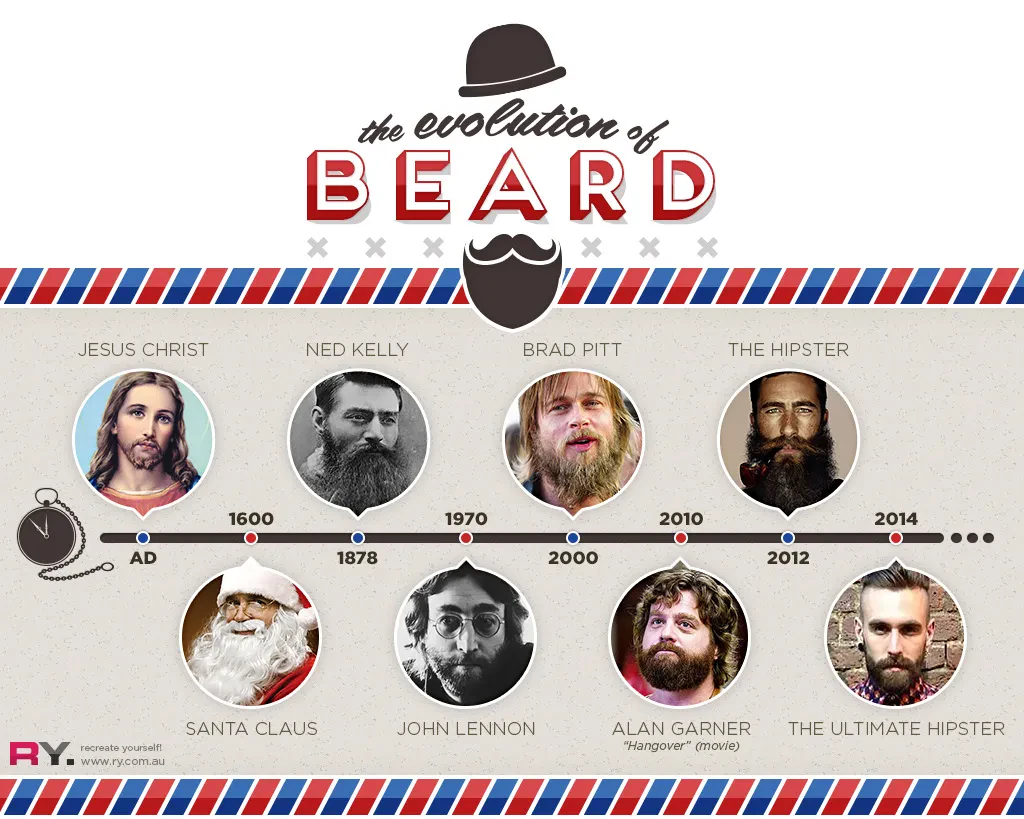Let’s face it, beards have been around for a long, long time. Way before the invention of the electric razor, or even the comb, our hairy ancestors were rocking some serious facial fuzz. And believe it or not, the way men wore their beards actually said a lot about them, their status, and the era they lived in.
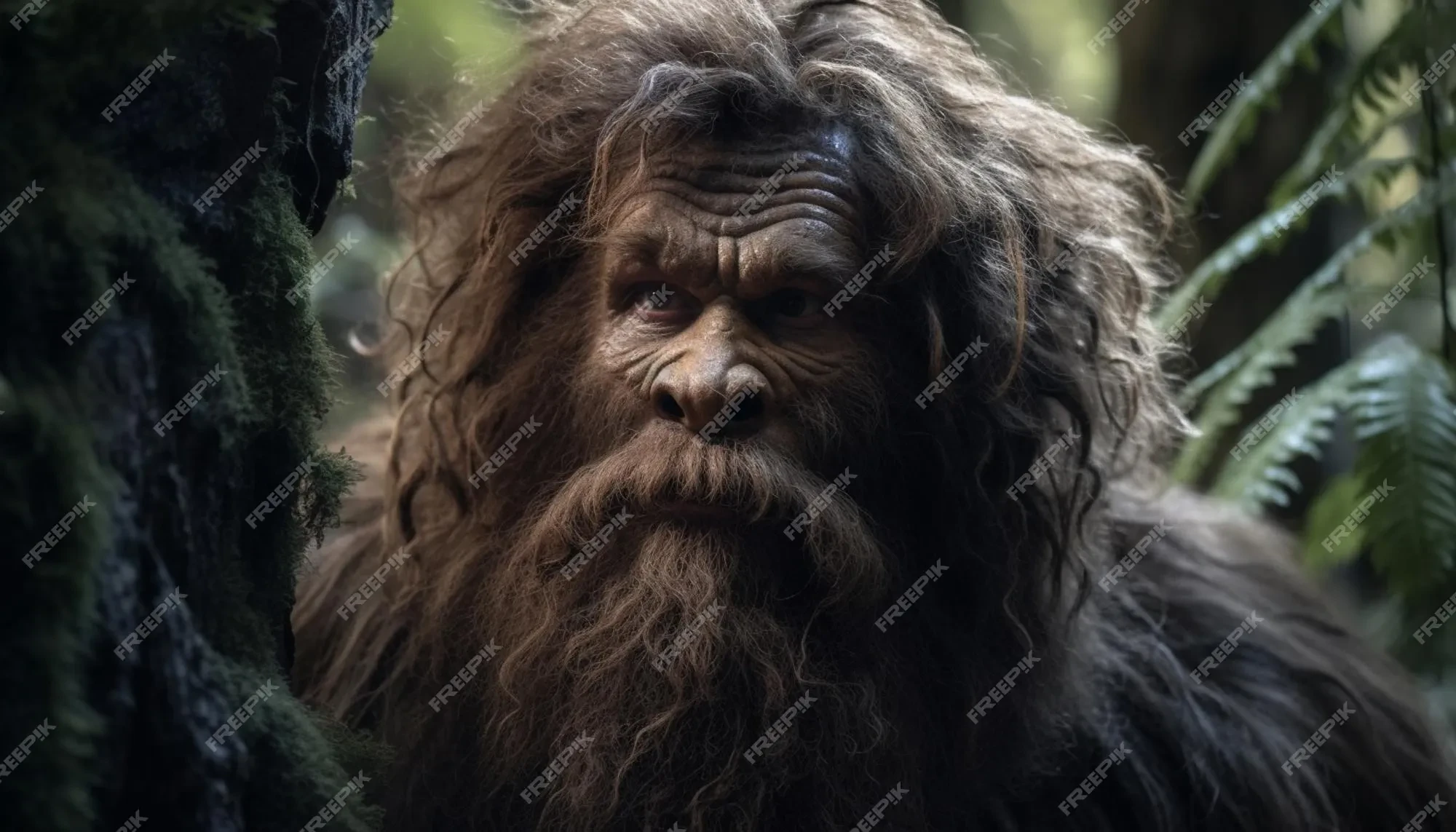
Think about ancient civilizations – Egyptians, Greeks, Romans. They all had distinct approaches to beard grooming. Sometimes beards were symbols of power and wisdom, sported by pharaohs and philosophers alike. Other times, neatly trimmed beards were the mark of a sophisticated gentleman, a status symbol that separated them from the common folk.
In ancient Egypt, for example, beard styles varied greatly, influenced by class and occupation. Pharaohs often wore elaborate, artificial beards as a sign of their divine authority. Meanwhile, ordinary Egyptians might have trimmed their beards or kept them short and neat.
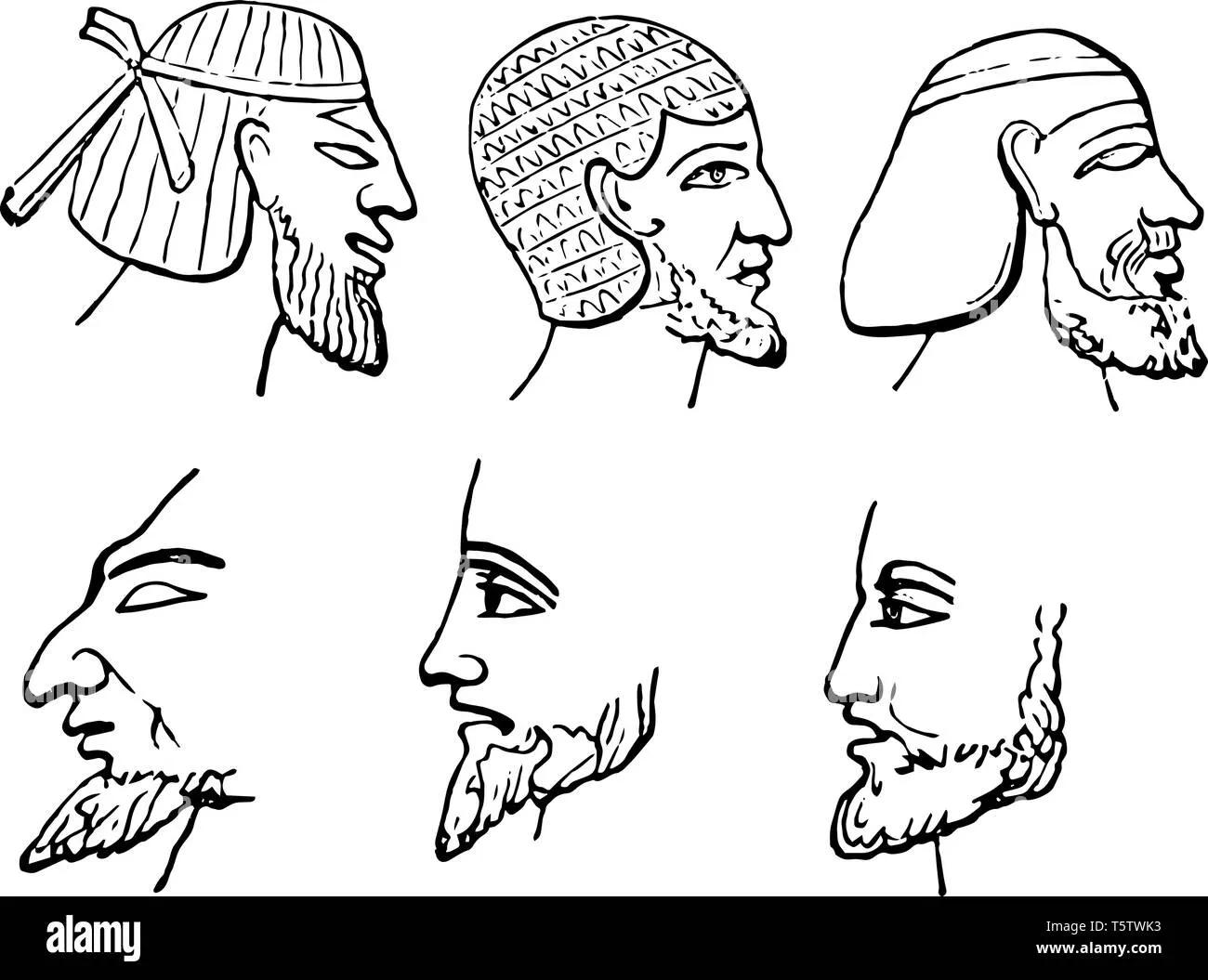
The Greeks and Romans had their own beard trends, often shifting with changing rulers and cultural ideals. Full, flowing beards were sometimes associated with philosophers and wise men, while clean-shaven faces were fashionable at other times, signifying youth and vitality.
The Middle Ages brought about a whole new set of beard styles, often influenced by religious beliefs and social status. Long, untamed beards could signify piety and devotion, while shorter, more carefully groomed beards were associated with the nobility and military leaders.
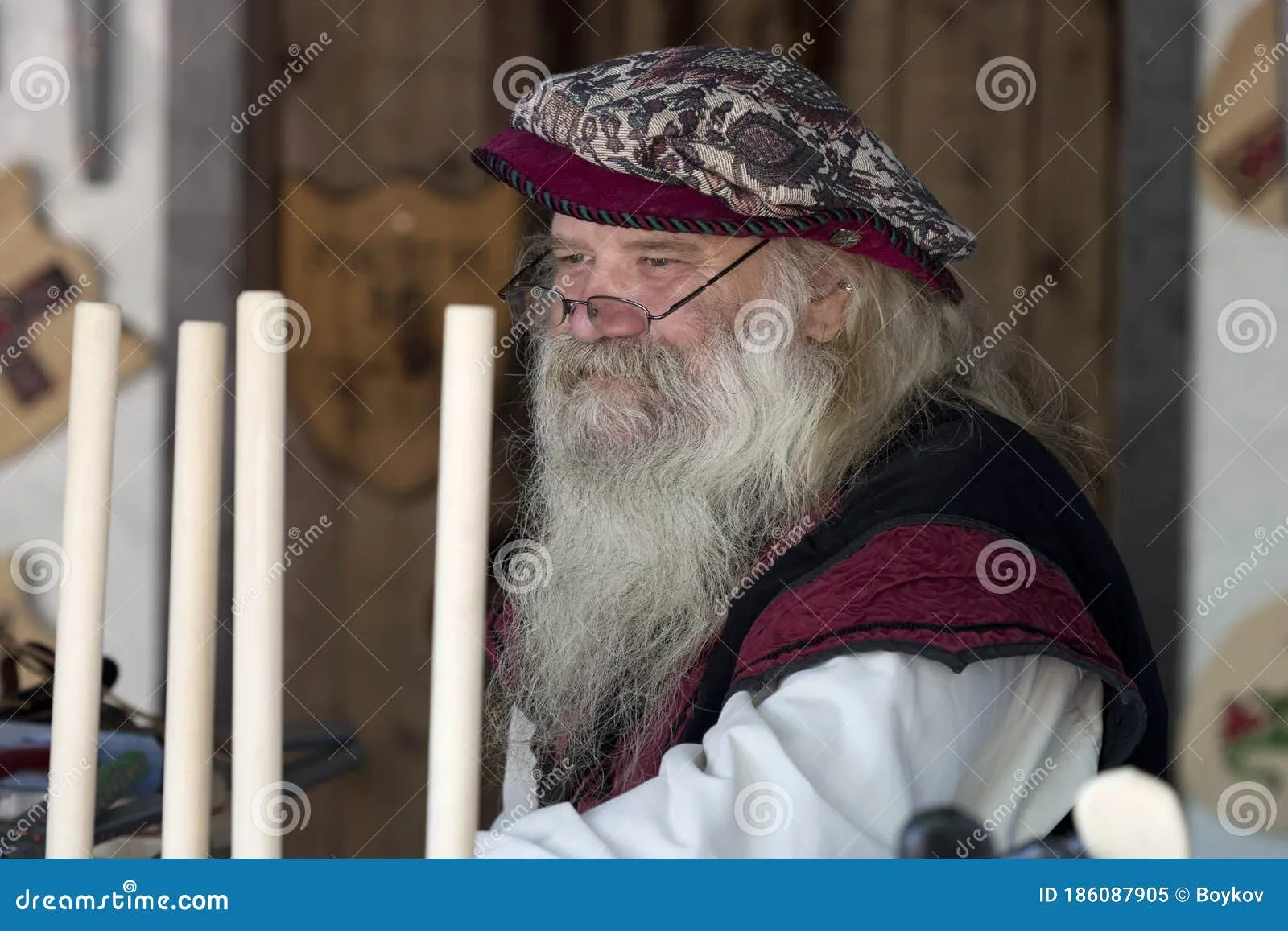
Fast forward to the Renaissance, and we see a resurgence of elaborate beard styles. Think pointy beards, carefully sculpted goatees, and mustaches that would make a handlebar jealous. The styles often reflected the fashions of the time, and were a key part of a man’s overall appearance.
By the 17th and 18th centuries, beards started to become less common in Western Europe, although mustaches remained a popular choice. Clean-shaven faces became more fashionable among the upper classes, often reflecting a shift towards a more polished and refined look.
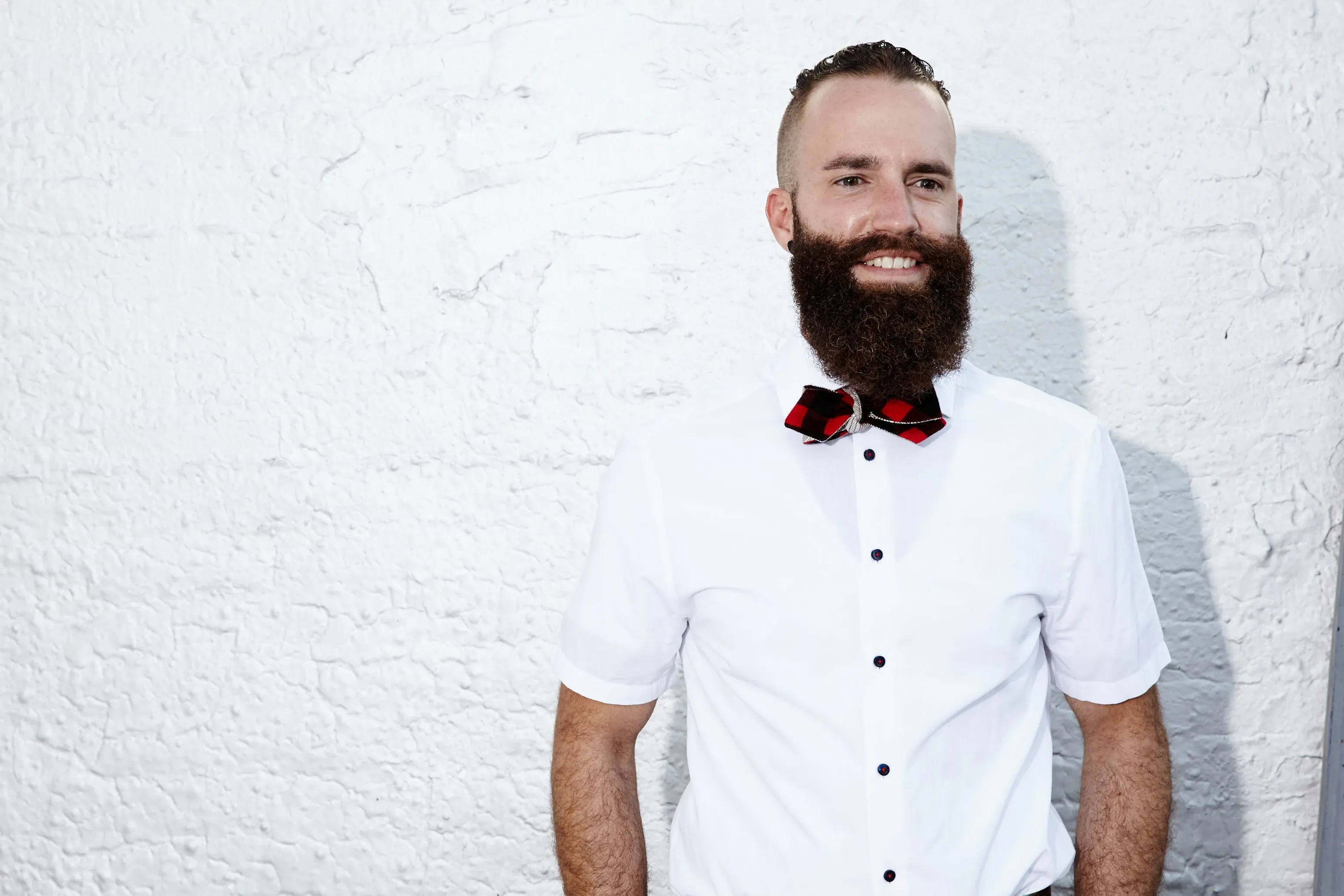
The 19th century saw a bit of a revival, with beards making a comeback. Full, bushy beards were a popular choice for many men, often seen as a symbol of masculinity and strength. The styles varied, from neatly trimmed beards to long, flowing beards that cascaded down a man’s chest.
Then came the 20th century, and with it, the electric razor. This changed the game completely. Clean-shaven faces became the dominant norm for much of the 20th century, particularly in the workplace. Beards were often seen as unkempt and unprofessional.
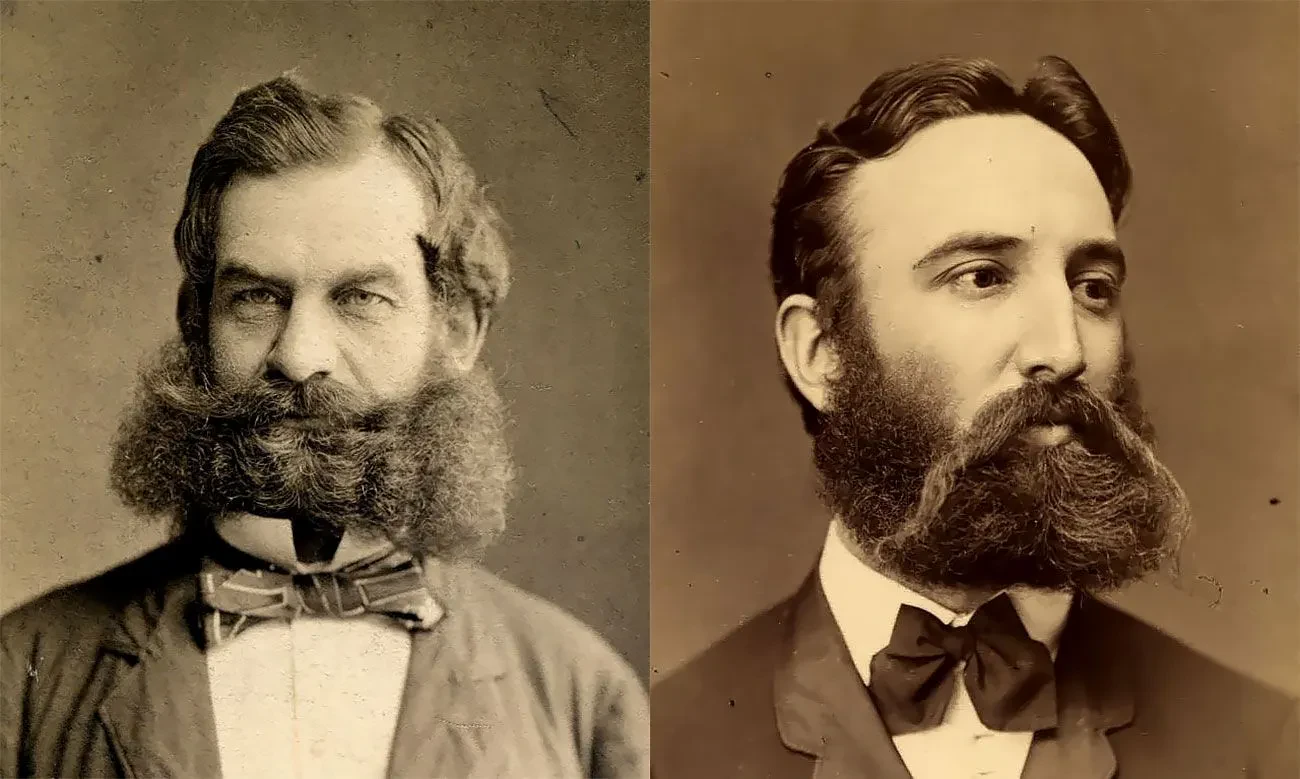
But like all things fashion, beards eventually made a triumphant return. Starting in the late 2000s and continuing into 2024, beards experienced a major resurgence in popularity, largely driven by hipster culture and a growing appreciation for alternative styles. We saw the rise of the lumberjack beard, the short boxed beard, and countless other variations.
Today, beard styles are incredibly diverse. From the meticulously groomed to the wildly untamed, there’s a beard style for every man and every personality. And who knows what the future holds for facial hair? One thing’s for sure: beards will continue to be a fascinating reflection of culture, identity, and personal style.
Popular Beard Styles in 2024
- Short Boxed Beard
- Goatee
- Lumberjack Beard
- Circle Beard
- Balbo Beard
- Van Dyke Beard
- Full Beard
- Anchor Beard
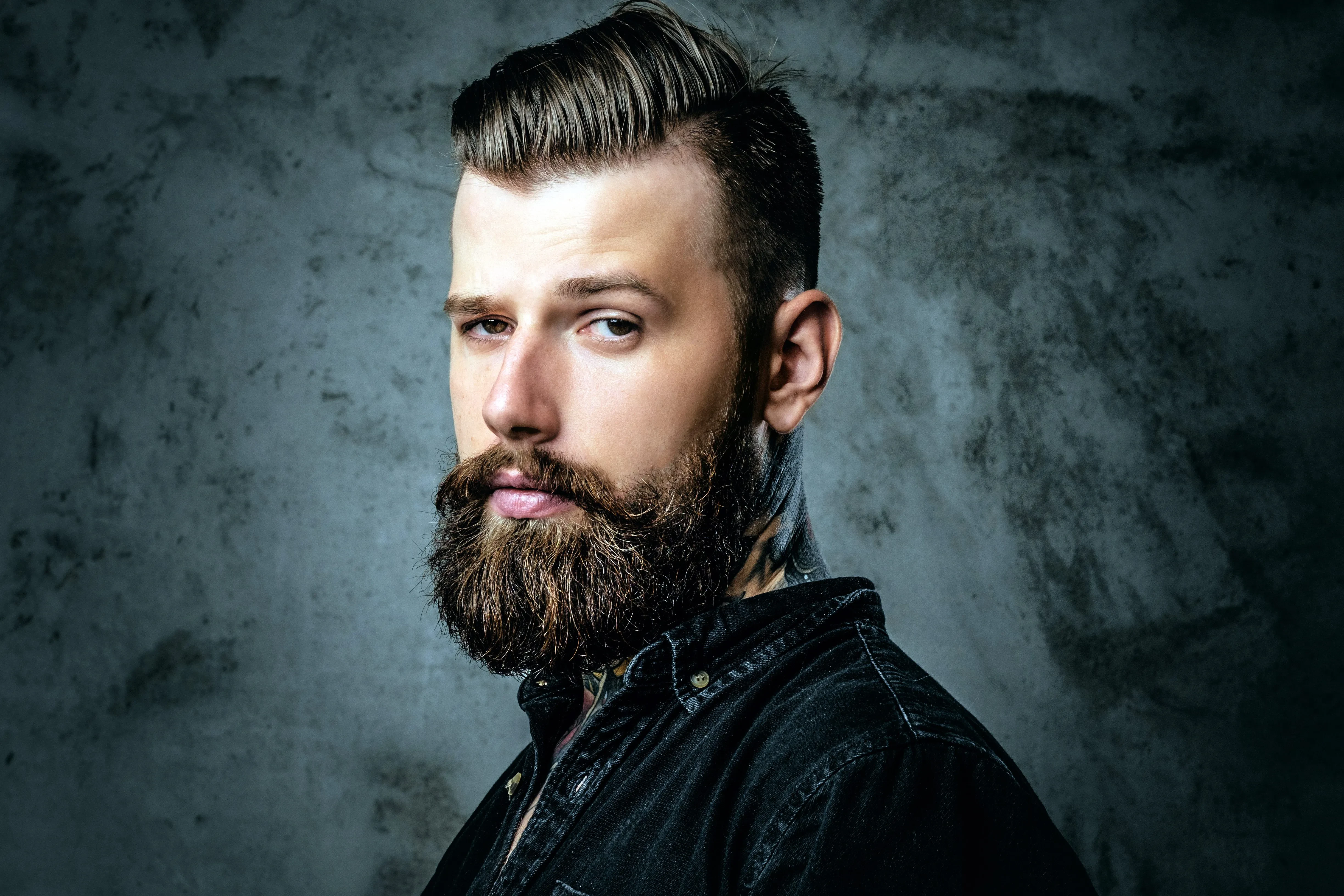
So there you have it – a whirlwind tour through the history of beards. From ancient symbols of power to modern expressions of individuality, beards have been a constantly evolving part of the human experience. And as long as men have hair on their faces, we can expect the styles to keep on changing.
